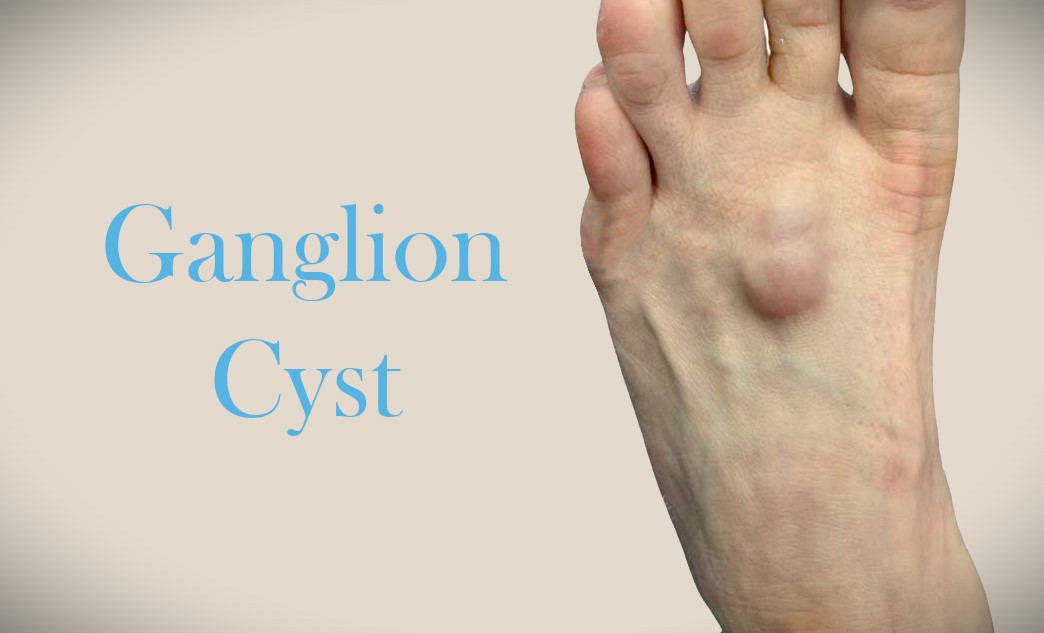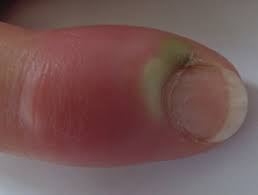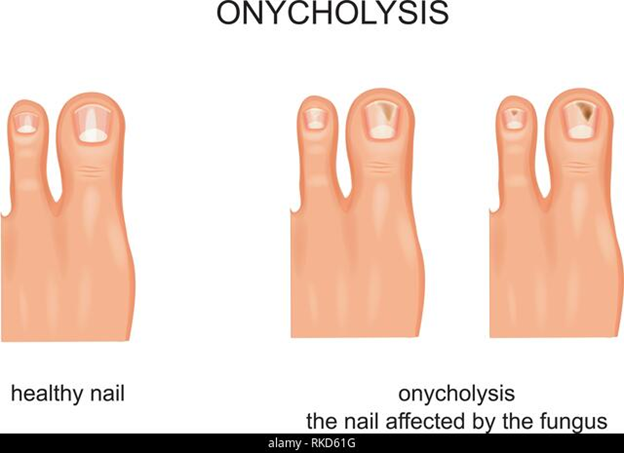Paediatric Toe Walking: Is it Time to Seek Treatment?
When toddlers walk around on their tippy toes, it’s cute. But if toe walking persists past age 3, it becomes a condition called idiopathic toe walking. This means kids are walking only on their toes, without putting much weight on their heels.
While brief toe walking is normal for young toddlers, true toe walking doesn’t go away on its own. It’s caused by tight calf and Achilles tendon muscles that make it hard for kids to put their heels flat on the ground.
Though not serious at first, paediatricians recommend treatment to avoid long-term issues with gait and orthopaedic health. This article will cover the common causes, diagnosis, and treatments like stretching, braces, casting, and sometimes surgery. With the right treatment, the outlook is great for getting kids walking normally again.
What is paediatric toe walking and why do some children exhibit this behaviour?
Paediatric toe walking refers to a walking pattern in which a child walks on their tiptoes instead of using a typical heel-to-toe gait. It is a common behaviour observed in some children during their early years of development. While many children outgrow it naturally, some may continue toe walking beyond the expected age. The reasons for toe walking can vary, including tightness in the calf muscles, sensory processing issues, or certain neurological conditions.
As a parent, when should you be concerned about toe walking?
Toe walking is potentially considered normal up to the age of around 2 or 3 when children are still developing their walking skills.
However, if toe walking persists beyond the age of 3 or if it is accompanied by other developmental delays, it may be a cause for concern. If you’re unsure, it’s always best to consult with a healthcare professional or a podiatrist who can evaluate your child’s specific situation.
What are the potential causes and underlying conditions associated with paediatric toe walking?
Paediatric toe walking can have various causes and associations.
It may be idiopathic, meaning no underlying cause is found. However, it can also be linked to conditions such as cerebral palsy, muscular dystrophy, autism spectrum disorders, or sensory processing disorders. Identifying the underlying cause is important to determine the appropriate treatment or management approach.
Can I determine whether toe walking should be a concern?
Determining if your child’s toe walking is a concern or not can be challenging.
As a general guideline, if your child continues to toe walk consistently beyond the age of 3 without any improvement, it’s recommended to seek professional evaluation. Additionally, if you notice other developmental delays or if your child experiences pain or difficulty with mobility, it’s best to consult with a healthcare provider for further assessment and guidance.
How can Podiatrists diagnose the underlying cause of toe walking in children?
In most cases, paediatric toe walking does not lead to long-term complications or affect a child’s foot development. However, in some instances, persistent toe walking may cause tightness in the calf muscles or Achilles tendon, which can impact overall muscle balance and flexibility. It’s important to address persistent toe walking to prevent potential issues with gait, balance, and posture as the child grows older.
Are there any effective treatments or interventions available to address paediatric toe walking?
The appropriate treatment for paediatric toe walking depends on the underlying cause and the severity of the condition.
In cases where no underlying cause is identified and the toe walking does not cause any functional limitations or pain, a watchful waiting approach with regular monitoring may be recommended and treatment can be commenced to try and address the concern.
For cases where intervention is necessary, treatment options may include:
- Physical therapy and custom exercise programs. This will focus on encouraging ground contact and lengthening the calf muscles
- Heel raises can be used to bring the ground up to heel
- Orthotics can be used to correct any walking anomalies present
- or in rare cases, surgical intervention may be required to lengthen the calf muscles and achillies tendon
Consulting with a podiatrist or a healthcare professional specialising in paediatric foot conditions can help determine the most suitable treatment plan for your child.
How do Podiatrists diagnose toe walking?
Podiatrists are skilled in diagnosing the underlying cause of toe walking in children. They will conduct a comprehensive examination, including assessing the child’s gait, muscle tone, range of motion, and overall foot and leg alignment and assess these results against typical results for the child’s age and establish if treatment is required.
They may also review the child’s medical history and perform additional tests or refer the child to other specialists, if needed, to identify any associated conditions or neurological factors contributing to the toe walking.
How can physical therapy help with paediatric toe walking?
Physical therapy plays a significant role in managing paediatric toe walking.
A skilled paediatric podiatrist can design a personalised program focused on stretching and strengthening exercises to improve muscle balance, flexibility, and gait patterns. Treatment sessions may also include activities to enhance sensory processing and proprioception, which can contribute to improved walking patterns.
Consistency and active involvement from both the child and parents are crucial for the success of physical therapy interventions.
Are there any home exercises or strategies that I can do to help correct toe walking in my child?
While specific exercises or strategies should be recommended and supervised by a healthcare professional, there are a few general activities that can be tried at home to help correct toe walking.
Encouraging barefoot walking on different surfaces can stimulate sensory feedback and help the child become more aware of their foot position. Gentle calf stretching exercises can also be beneficial.
The Takeaway
Paediatric toe walking can be a concern for parents, but with the right guidance and support, it can be effectively managed. Hurst Podiatry is a trusted podiatry clinic that specialises in paediatric foot conditions, including toe walking.
By seeking assistance from the knowledgeable team at Hurst Podiatry, parents can receive expert evaluation, accurate diagnosis, and personalised treatment options for their child’s toe walking. The experienced podiatrists understand the unique needs of children and can design a comprehensive plan to address the underlying causes and promote proper walking patterns.
Whether it’s through physical therapy, stretching exercises, orthotic devices, or other interventions, Hurst Podiatry can guide parents and their children towards achieving improved muscle balance, flexibility, and overall foot health. Their compassionate approach ensures that the child’s comfort and well-being are prioritised throughout the treatment process. If you have concerns about your child’s toe walking or any other paediatric foot condition, don’t hesitate to reach out to Hurst Podiatry. Their expertise and dedication to paediatric foot health will provide the support and care needed for your child’s optimal development and mobility.






